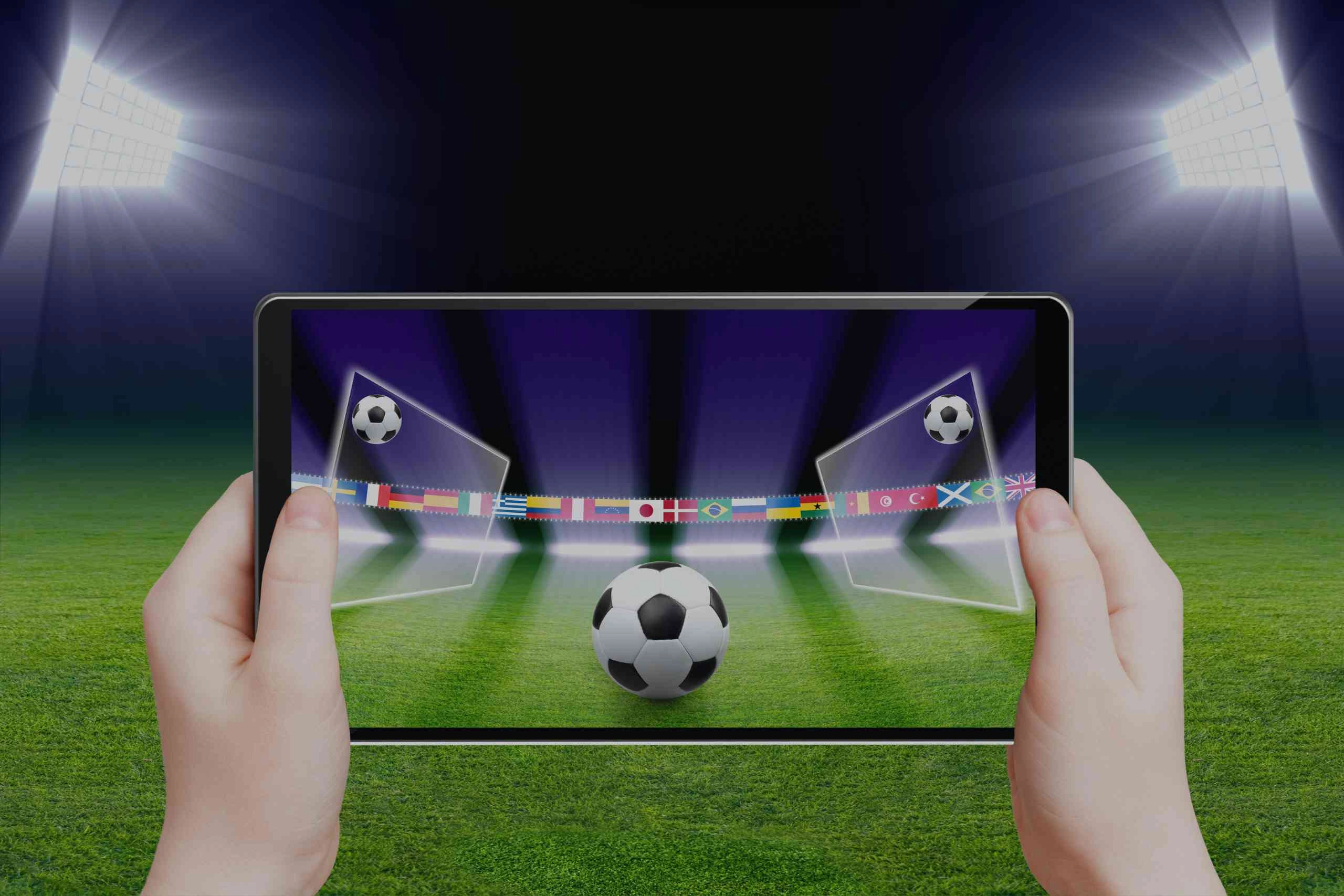The Role of Technology in Modern Sports Training and Performance Enhancement
Technology is revolutionizing the world of sports, transforming training methodologies and performance enhancement in ways previously unimaginable. As athletes and teams strive for peak performance, they are increasingly turning to advanced technologies to gain a competitive edge. From data analytics to wearable devices, technology is reshaping how sports are played, coached, and understood. This blog post explores the pivotal role of technology in modern sports training and performance enhancement, highlighting key innovations and their impact on the athletic world.
1. Data Analytics and Performance Metrics
Data analytics has become a cornerstone of modern sports training, providing valuable insights into athlete performance and game strategies.
- Performance Tracking: Advanced analytics platforms collect and analyze data on various performance metrics, such as speed, endurance, and accuracy. By monitoring these metrics, coaches and athletes can identify strengths, weaknesses, and areas for improvement. For example, in football, data analytics can track player movements and assess their effectiveness in different game scenarios.
- Game Strategy: Coaches use data analytics to develop and refine game strategies. By analyzing historical data and opponent statistics, they can create tactical plans that maximize their team’s chances of success. This data-driven approach enables more informed decision-making and enhances game preparation.
- Injury Prevention: Analytics also play a crucial role in injury prevention. By analyzing data on player workload, movement patterns, and physiological responses, teams can identify potential injury risks and implement preventive measures. This helps in managing player health and reducing downtime due to injuries.
2. Wearable Technology
Wearable technology has become an integral part of sports training, providing real-time data on various physiological and performance metrics.
- Heart Rate Monitors: Wearable heart rate monitors track an athlete’s heart rate during training and competition. This data helps coaches and trainers optimize training intensity, monitor cardiovascular health, and ensure that athletes are working within their optimal heart rate zones.
- GPS Tracking: GPS-enabled wearables track an athlete’s movements, speed, and distance covered during training and games. This information is valuable for assessing performance, analyzing movement patterns, and tailoring training programs to meet specific needs.
- Biomechanical Sensors: Biomechanical sensors measure parameters such as joint angles, force, and posture. These sensors provide insights into an athlete’s biomechanics, helping to improve technique, prevent injuries, and enhance overall performance.
3. Virtual Reality (VR) and Augmented Reality (AR)
Virtual Reality (VR) and Augmented Reality (AR) are transforming sports training by creating immersive and interactive experiences.
- Simulated Training: VR technology allows athletes to engage in simulated training environments that replicate game scenarios. This immersive experience helps athletes practice and refine their skills in a controlled setting. For example, basketball players can use VR to simulate different game situations and improve their decision-making under pressure.
- Visualizing Strategies: AR applications overlay digital information onto the real world, enabling athletes to visualize strategies and game plans. Coaches can use AR to project tactical diagrams and playbooks onto the field, enhancing understanding and communication.
- Rehabilitation and Recovery: VR and AR are also used in rehabilitation and recovery programs. Athletes recovering from injuries can use VR exercises to engage in rehabilitation activities that are both motivating and effective.
4. Artificial Intelligence (AI) and Machine Learning
Artificial Intelligence (AI) and Machine Learning (ML) are playing a growing role in analyzing and enhancing sports performance.
- Performance Analysis: AI-driven platforms analyze vast amounts of data to identify patterns and insights that might not be evident through traditional analysis. These platforms can provide personalized feedback and recommendations for improving performance based on individual data.
- Predictive Analytics: AI and ML models predict future performance outcomes by analyzing historical data and current trends. These predictions can inform training adjustments, game strategies, and injury prevention measures.
- Training Personalization: AI-powered systems create customized training programs based on an athlete’s unique needs and goals. By analyzing performance data, AI can tailor workouts and drills to address specific areas of improvement and optimize training efficiency.
5. Smart Equipment and Wearables
Innovations in smart equipment and wearables are enhancing training and performance by integrating technology into sports gear.
- Smart Clothing: Smart clothing embedded with sensors tracks various physiological metrics, such as muscle activity and body temperature. This data helps athletes monitor their physical condition and adjust their training accordingly.
- Performance-Enhancing Gear: Smart equipment, such as advanced tennis rackets and golf clubs, provides feedback on performance metrics like swing speed and impact force. This technology helps athletes fine-tune their technique and improve their game.
- Connected Footwear: Smart footwear equipped with sensors measures parameters like stride length, foot strike, and pressure distribution. This information is valuable for optimizing running form, preventing injuries, and enhancing overall performance.
6. Advanced Recovery and Rehabilitation Technologies
Recovery and rehabilitation are critical components of sports performance, and technology is making significant strides in these areas.
- Cryotherapy and Hydrotherapy: Advanced recovery technologies, such as cryotherapy chambers and hydrotherapy pools, use temperature and water to accelerate recovery and reduce muscle soreness. These technologies help athletes recover more quickly and return to peak performance.
- Electrostimulation Devices: Electrotherapy devices use electrical impulses to stimulate muscles, promote recovery, and reduce pain. These devices are used in rehabilitation programs to aid in muscle recovery and improve overall function.
- Wearable Recovery Monitors: Wearable recovery monitors track metrics such as sleep quality, heart rate variability, and muscle soreness. This data helps athletes and trainers assess recovery status and adjust training regimens to ensure optimal recovery.
7. Enhanced Fan Engagement and Experience
Technology is also enhancing the fan experience by providing new ways to engage with sports.
- Interactive Platforms: Digital platforms and apps offer fans interactive features such as live game updates, personalized content, and virtual experiences. Fans can access real-time statistics, watch live streams, and engage with other supporters through social media and fan forums.
- Augmented Reality Experiences: AR applications enhance the fan experience by providing interactive features such as virtual stadium tours, player stats overlays, and interactive game replays. These experiences offer fans a deeper connection to the sport and their favorite teams.
- Smart Stadiums: Modern stadiums are equipped with advanced technologies such as high-speed Wi-Fi, smart seating, and contactless payment systems. These features enhance the in-stadium experience, making it more enjoyable and convenient for fans.
Technology is fundamentally transforming sports training and performance enhancement, offering athletes and teams new tools and insights to achieve their goals. From data analytics and wearable technology to VR, AI, and smart equipment, the innovations shaping the sports industry in 2024 are driving significant advancements in training, performance, and fan engagement. Embracing these technologies enables athletes to optimize their performance, improve recovery, and stay ahead of the competition. As technology continues to evolve, its role in sports will only grow, further enhancing the way we train, compete, and enjoy the world of sports.







